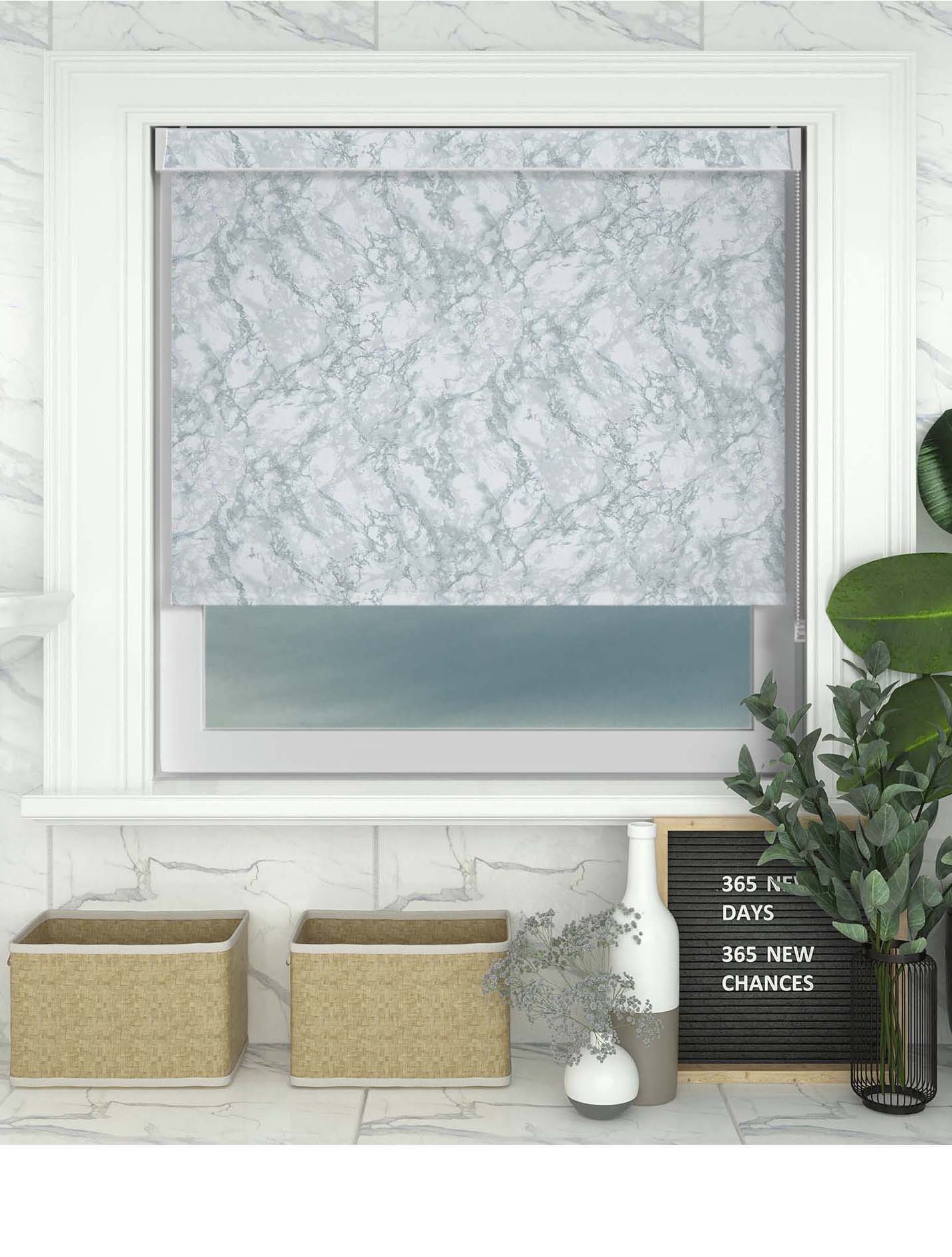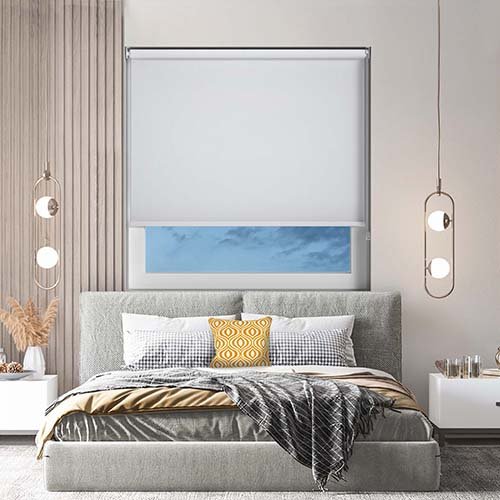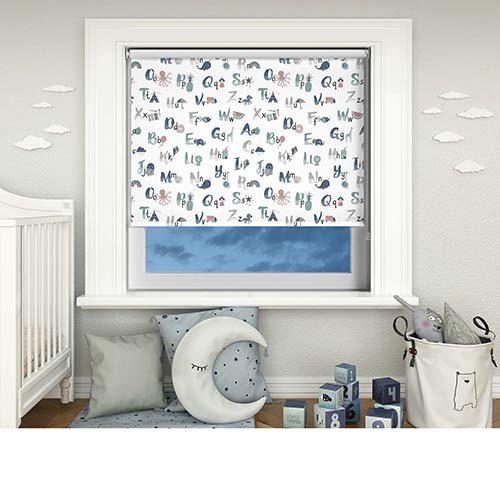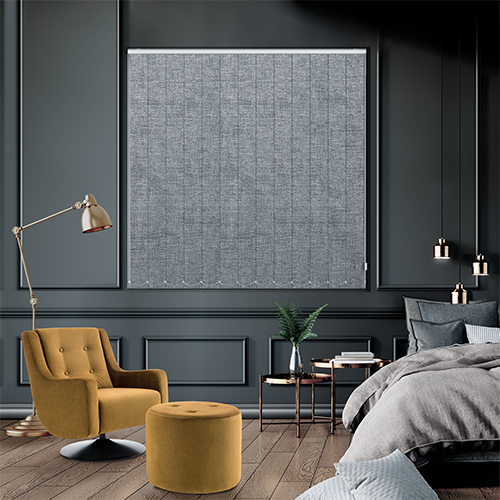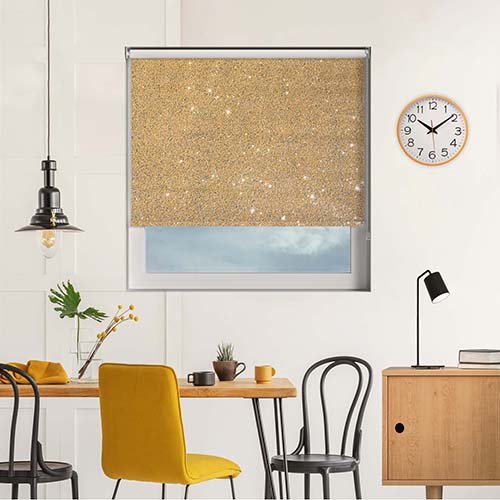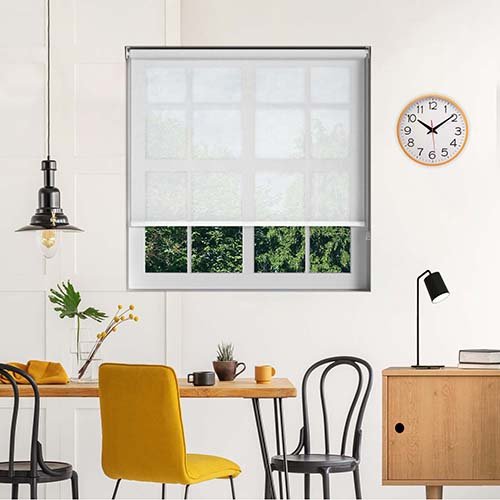Our Top Energy Saving Tips

Lowering your monthly utility costs doesn't require a total home renovation. With a few strategic adjustments to daily habits and home setup, you can make a significant dent in your energy consumption and end up saving good money too. Ready to get started? Here are some easy yet effective tips for reducing energy waste and cutting your utility bills:
Replace all lightbulbs
If you upgrade your bulbs with more energy-efficient LEDs you will decrease your lighting energy use by up to 75%. LEDs last far longer too - up to 25 times longer than regular bulbs. Start by replacing the lights you use most often.
Program your thermostat
By adjusting the temp just a few degrees in the right direction can make a noticeable difference, especially in extreme weather. Set it to 78°F in summer and 68°F in winter when home. Install a programmable thermostat to automatically raise/lower temps while away or sleeping.
Unplug "vampire" electronics
Many modern gadgets continue drawing electricity even when turned off or in standby mode. Save energy by unplugging devices like TVs, computers, and chargers, or connecting them to power strips you can switch off.
Seal your windows and doors
Glass remains one of the least energy-efficient materials used in construction. Windows typically contribute to around 10% of the total heat loss in a home while covering around 20% of the building - which equates to a lot during the coldest months! The majority of heat is lost in one of three ways:
- Radiation - The internal pane of the window absorbs heat from the room and transmits it through conduction/convection to the cooler outside part of the window.
- Convection - The warm inner pane heats the air found within the window cavity. This warm air then rises and becomes replaced by cooler air, creating a convection current that transfers heat to the outer pain.
Air leakage - If window frames are older or not fitted correctly, heat can escape here. Seal air leaks to cut heating/cooling waste. Weatherise around doors, windows, outlets, attic hatches, and other spots air is escaping. Inexpensive materials like caulk, weatherstripping, and spray foam can be very effective. You'll feel cosier and more comfortable too.
Use blinds strategically
to your advantage. Close them at night and on sunny days to block summer heat gain. Open them up when it's bright out in winter to invite free warmth from the sun inside. You can do this with any blind for some thermal benefit.
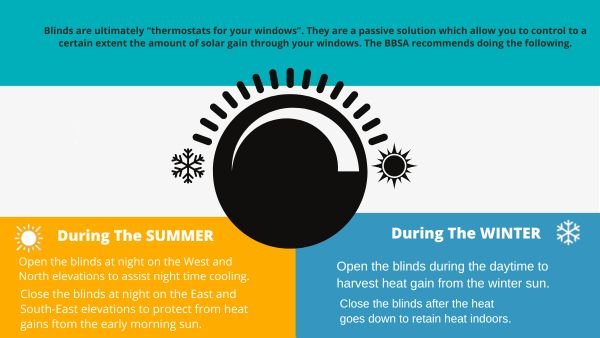
- But did you know there is also such as thing as thermal blinds? When it comes to temperature management and window blinds, the main thing to focus on is coverage. To reduce the U-Value of your windows, you need to provide an additional layer that mitigates the movement of warm air throughout the day and night. Therefore, window blinds that offer more coverage are the best options for effectively controlling heat loss/gain.
We recommend looking at:
- Roller Blinds
- Cordless Roller Blinds
- Motorised Roller Blinds
- Blinds for Bifold Doors
- Skylight Blinds
Side note: Other window blind types come in blackout thermal fabric. For example, we have a wide selection of Thermal Blackout Vertical Blinds and Replacement Slats that use a premium, multi-layered fabric to manage heat loss. And, they are a brilliant choice for longer windows and glass doors. However, because the slats here sit independently from each other and create gaps for air to pass through, they are not the most effective if you truly want to cut down on energy use in winter.
Best material type for energy-saving blinds
Next, it’s important to pay attention to the fabric. Different materials play different roles. Some are perfect for reducing glare, such as sheer, voile, and screen options. Others have a 100% waterproof coating that inhibits the growth of mold in kitchens and bathrooms. But the best energy-saving blinds are those manufactured from either Thermal Blackout or Thermal Translucent fabrics.
Thermal Blackout blinds have a multi-layer construction that features a light and heat-blocking internal panel. On either side, you can choose external panels in your preferred colour, pattern, or style. When these blinds are rolled down, they form a solid barrier in front of the window that prevents both light and heat from passing through. This is why they are such a popular choice for bedrooms and nurseries where darkness plays a key role in a healthy, deep night's sleep.
Thermal Translucent blinds (also known as solar reflective fabrics) have a metallic coating on one side that reflects excess light and heat away from your windows. These blinds still provide you with useable light throughout the day but can effectively prevent rooms from becoming too cold during the winter months.
Take into consideration factors such as what time of the day you use a room the most and when you need to reduce heat loss when picking the right fabric for your blinds.
Use your energy-saving window blinds effectively
Our final, but perhaps most important, energy-saving tip is to use your window blinds effectively. So many homeowners make it part of their routine to open all blinds in their homes at the beginning of the day and close them at night. While this brings light into your home, it is not the most effective way of managing heat loss (and gain) in your home. Here are our tips for using your blinds more energy efficiently:
- During winter, keep blinds in unused rooms closed all day long. This way, you’ll lock in the residual heat and prevent the room from becoming cold (or putting unnecessary demand on your central heating).
- Try to keep window blinds closed during the coldest hours of the day. These tend to be in the early morning and later evening.
- Open your blinds during the warmest hours of the day. In the UK, this tends to be between 12 pm and 2 pm (but pay attention to the sun's position throughout the day). You’ll benefit from natural solar gain.
- Close your blinds fully at night time.
If possible, try automating your window blinds with a smart home system. Many on the market use temperature sensors. When the external or internal temperature drops below a designated level, the system will automatically close or open your blinds accordingly. This isn’t just a great anti-theft tool but also means your home can stay energy efficient, even when you’re not there!










































































